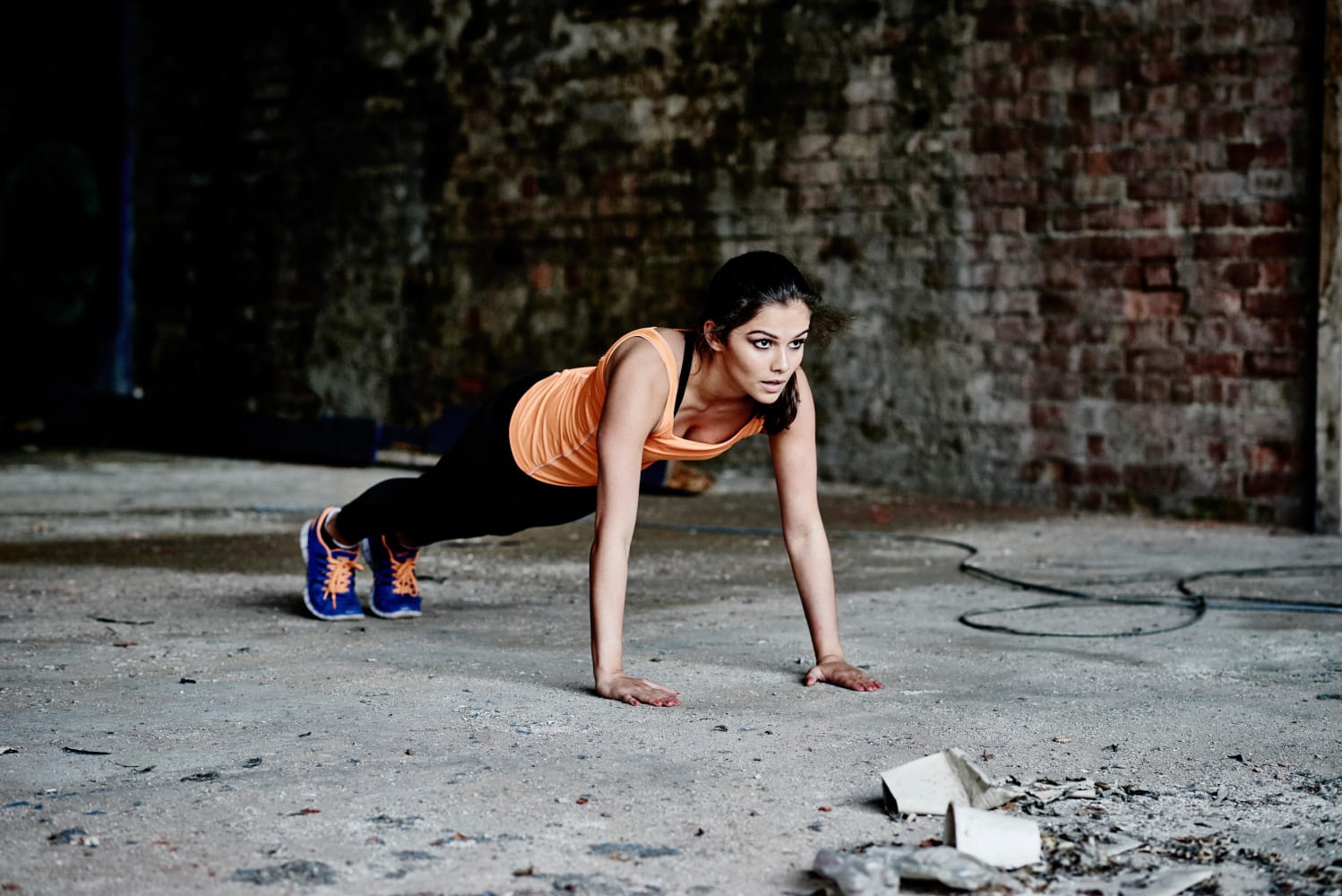As a runner, cross-training and targeted exercises are crucial in maintaining peak performance and preventing injury. In this article, the top 10 best exercises for runners are covered, each with a specific focus and benefit. Squats and lunges strengthen the lower body, planks and push-ups target the core and upper body, while step-ups and deadlifts are functional exercises that mimic the motion of running. Hip mobility drills, calf raises, and glute bridges focus on specific muscle groups, while plyometrics improve power, speed, and agility. Incorporating these exercises into a routine can enhance strength, stability, mobility, and endurance and reduce the risk of injury.
Top 10 Best Exercises for Runners
As a runner, you know how important it is to stay in shape and keep your body in peak condition. But running alone may not be enough to achieve your goals – that’s why cross-training and targeted exercises are crucial to maintaining your performance and preventing injury. In this article, we’ll cover the top 10 best exercises for runners, each with a specific focus and benefit.
1. Squats
Squats are a fundamental exercise for building leg strength and stability. They target your quads, hamstrings, and glutes, which support your running form and power. When done correctly, squats can also improve your balance, coordination, and range of motion.
2. Lunges
Lunges are another great way to work your lower body muscles, especially your glutes and hips. They also engage your core and improve your stability, so you can maintain proper alignment and prevent injuries. Lunges can be done in various directions and modifications, such as walking or jumping lunges, to add variety and challenge.
3. Planks
Planks are a simple yet effective core exercise that strengthens your abs, lower back, and hips. A strong core is essential for maintaining good running posture and reducing pressure on your spine. Planks can also improve your breathing and endurance, as you engage your core muscles to support your every move.
4. Push-ups
Push-ups are often overlooked by runners, but they offer numerous benefits beyond building upper body strength. Push-ups also target your core, chest, shoulders, and triceps, which are involved in arm swing and posture while running. By incorporating push-ups into your routine, you can improve your overall fitness and prevent muscle imbalances.
5. Step-ups
Step-ups are a functional exercise that mimics the motion of running, as you lift your leg and step up on a platform. They focus on your quadriceps and glutes, and are particularly beneficial for runners with knee or hip pain. Step-ups can be done with different heights and weights to adjust the difficulty level and challenge your muscles.
6. Deadlifts
Deadlifts are a compound exercise that work your entire posterior chain, including your glutes, hamstrings, and lower back. They also engage your core and upper back, which help you maintain proper form and balance while running. Deadlifts may seem intimidating, but with proper technique and gradual progression, they can enhance your strength and power.
7. Hip mobility drills
Hip mobility drills are key to preventing and rehabilitating injuries, as well as improving your running efficiency. They focus on your hip flexors, which tend to get tight and weak from prolonged sitting and running. Hip mobility drills include exercises such as hip circles, leg swings, and hip bridges. By incorporating them into your warm-up and cool-down routines, you can enhance your range of motion and avoid pain.
8. Calf raises
Calf raises are a simple exercise that target your calf muscles, which support your foot and ankle while running. They also improve your balance and ankle stability, which can reduce the risk of sprains and strains. Calf raises can be done on a flat surface or a step, and with different variations such as single-leg or weighted calf raises.
9. Glute bridges
Glute bridges are another effective exercise for strengthening your glutes and hips, which are involved in maintaining proper running form and power. They also activate your core and lower back, which support your spine and reduce the risk of injuries. Glute bridges can be done with or without weights, and with different foot positions to target specific muscle areas.
10. Plyometrics
Plyometrics are explosive exercises that involve rapid contractions of muscles, such as jumping or hopping. They improve your power, speed, and agility, which are essential for sprinting and changing directions while running. Plyometrics also stimulate your neuromuscular system, which enhances your coordination and reaction time. Plyometrics may not be suitable for everyone, especially those with pre-existing injuries or joint problems, so it’s important to start with low-intensity exercises and progress gradually.
In conclusion, these 10 exercises offer a well-rounded approach to cross-training for runners, each with a specific focus and benefit. By incorporating them into your routine, you can enhance your strength, stability, mobility, and endurance, and reduce the risk of injuries. Remember to consult with a qualified trainer or therapist if you have any concerns or limitations, and to listen to your body’s feedback. Happy running!
